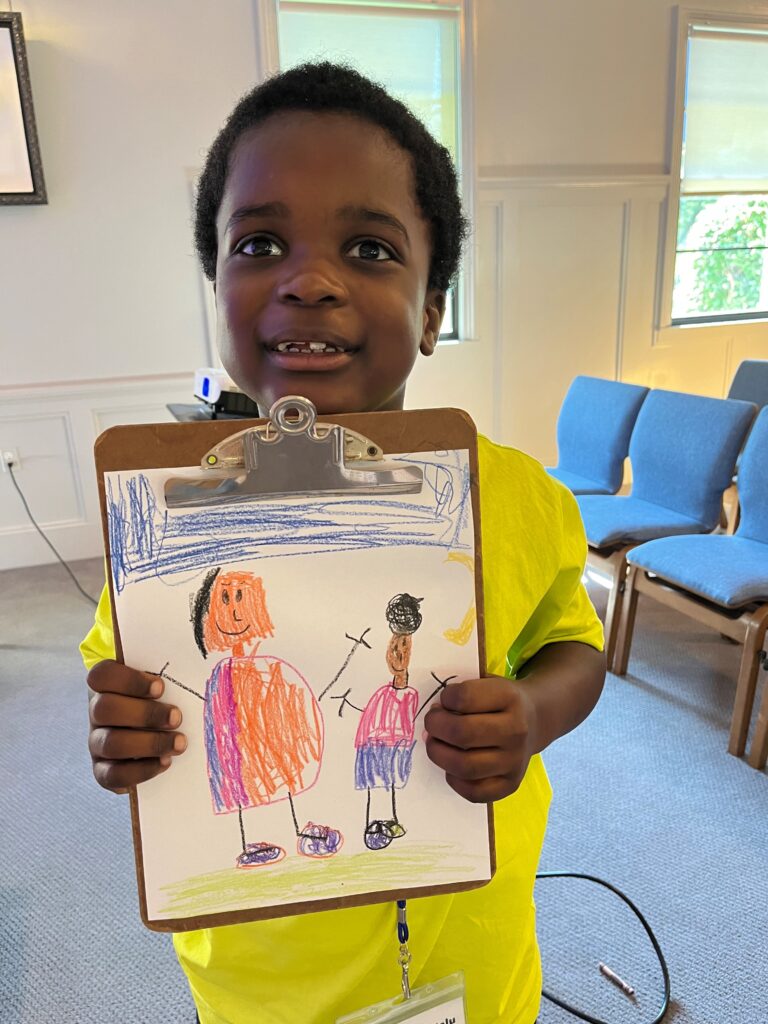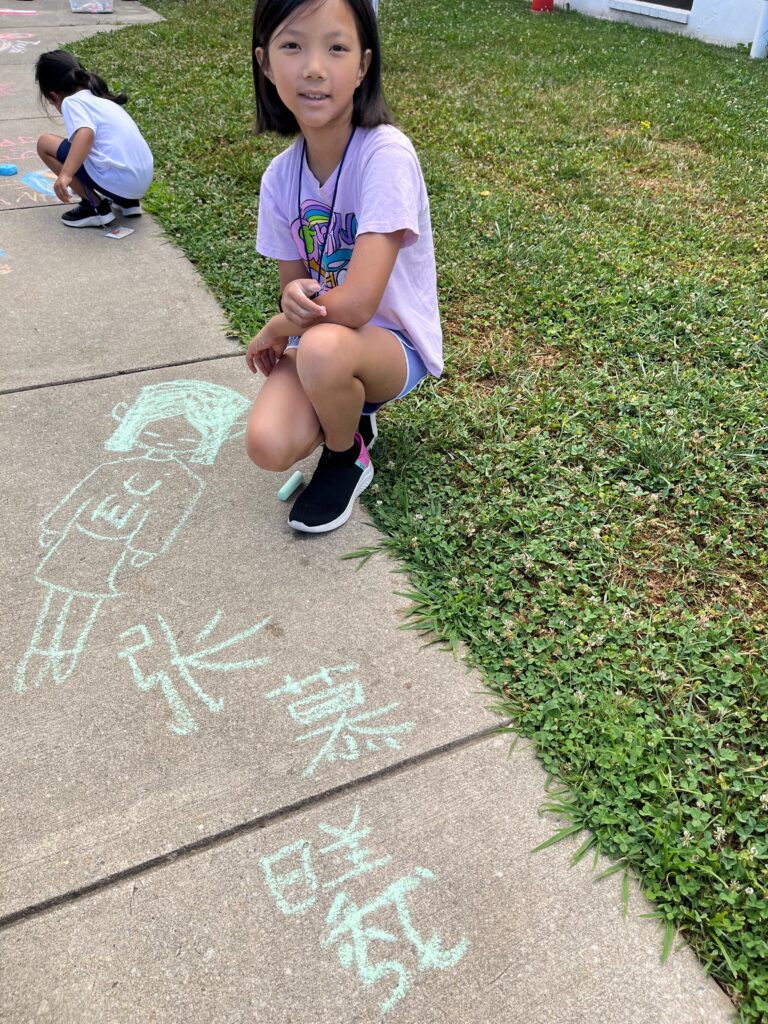The Ethnodoxology course at Dallas International University was an inspirational workshop for me. I love the accessible ideas for implementing multicultural arts in the local church. Something new I learned and experienced in the course was a daily group devotional activity called “Arts with God.” Each morning before class began, we were given scriptures to contemplate and a different artistic medium in which to express something meaningful from each passage. Through cell phone photography, hand drawn sketches, drama, and textual art, we discovered deeper meaning in the Biblical passages we studied. In these activities I discovered opportunities for reflection, meditation, and physical engagement. Spiritual formation was taking place each day as we explored the meaning of each passage and considered how we could communicate this meaning without spoken word.
Our creator God has given us the ability to imagine and create. Regardless of whether we can create things that are “good enough” for others to enjoy, the act of creating stimulates our brains and enhances our thinking, our prayer, and our communion with God. The neuroscience aspects of creating art suggest that our brains can process things more deeply as we enter a state of “flow” through creating art.[1] And so this practice of creating art individually, or with others, has great potential for deepening our relationship with God.
This week, I adapted some of these activities for elementary age students at my church’s More Music Camp. One of the activities I entitled “Scripture Drawings.” The directions were as follows:
-
- Form small groups of 3 – 4 friends
-
- Read Matthew 19:13 – 15 in your small group
13 Then children were brought to him that he might lay his hands on them and pray. The disciples rebuked the people, 14 but Jesus said, “Let the little children come to me and do not hinder them, for to such belongs the kingdom of heaven.” 15 And he laid his hands on them and went away.[2]
-
- Try closing your eyes while your teacher reads the verses and imagine what is happening like a movie in your mind.
-
- Open your eyes and draw pictures about what you imagined when listening to this story about Jesus and the children.
-
- Share you picture with your small group
When the students were sharing about their picture in our small group, I noticed that many of the students drew themselves as the child who was coming to Jesus. They drew their skin color, hair styles, and clothing. I loved how they automatically interpreted the meaning of this passage as one of their own personal invitations to come to Jesus. For these students, the Bible story wasn’t as much about other children as it was about them and Jesus.
As I began to understand what God was revealing to them in this passage, I decided to extend this activity. Later in the week we created a mural using sidewalk chalk. In this activity we took the activity from individual pieces of artwork to a collective expression of the Biblical text. Creating a group mural helps us to consider that not only are we invited as individuals, but we are also collectively invited to come to Jesus. Some of the children chose to write their names next to their drawing of themselves. One child was able to write her name in Chinese and it opened our discussion to a global conversation emphasizing John 3:16 and God’s love for all people. Now we can talk about the students inviting other people to come to Jesus.


This was a wonderful and surprising development of thought with the students and teachers as we engaged in art as spiritual formation.
The full week of Arts with God activities adapted for elementary students can be found HERE.
I’d love to hear what wonderful and surprising developments come from your use of these activities.
[1] What Happens In Your Brain When You Make Art : Shots – Health News : NPR Accessed 6/27/2024.
[2] The Holy Bible: English Standard Version (Wheaton, IL: Crossway Bibles, 2016), Mt 19:13–15
